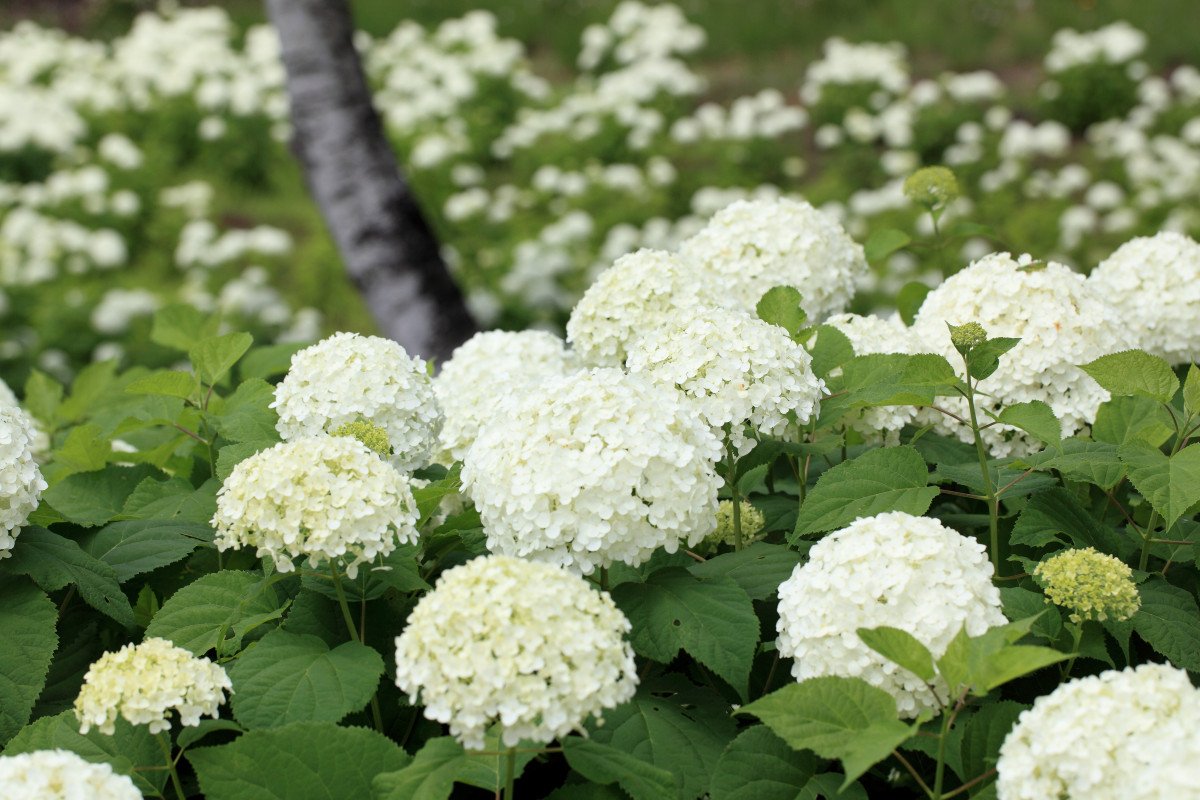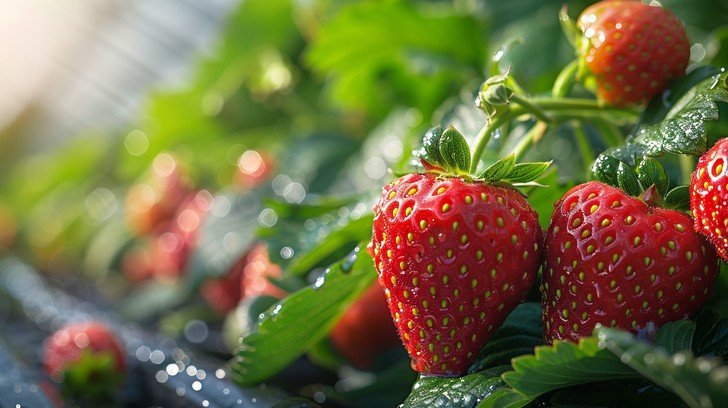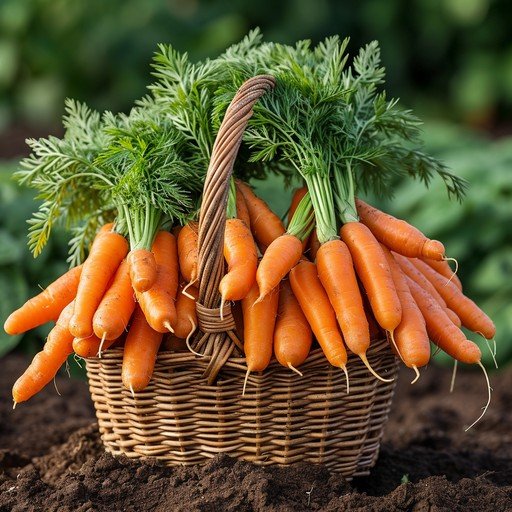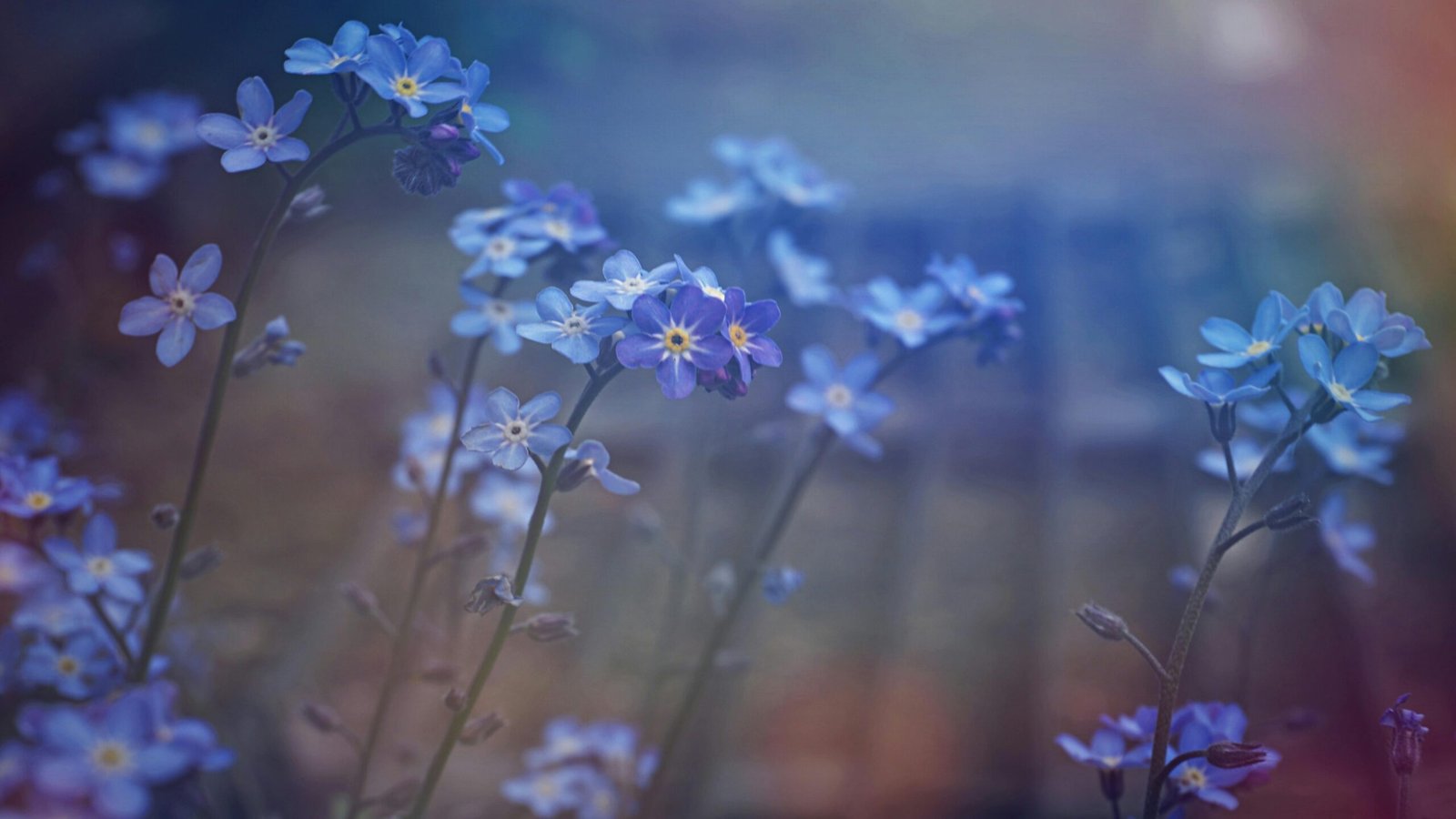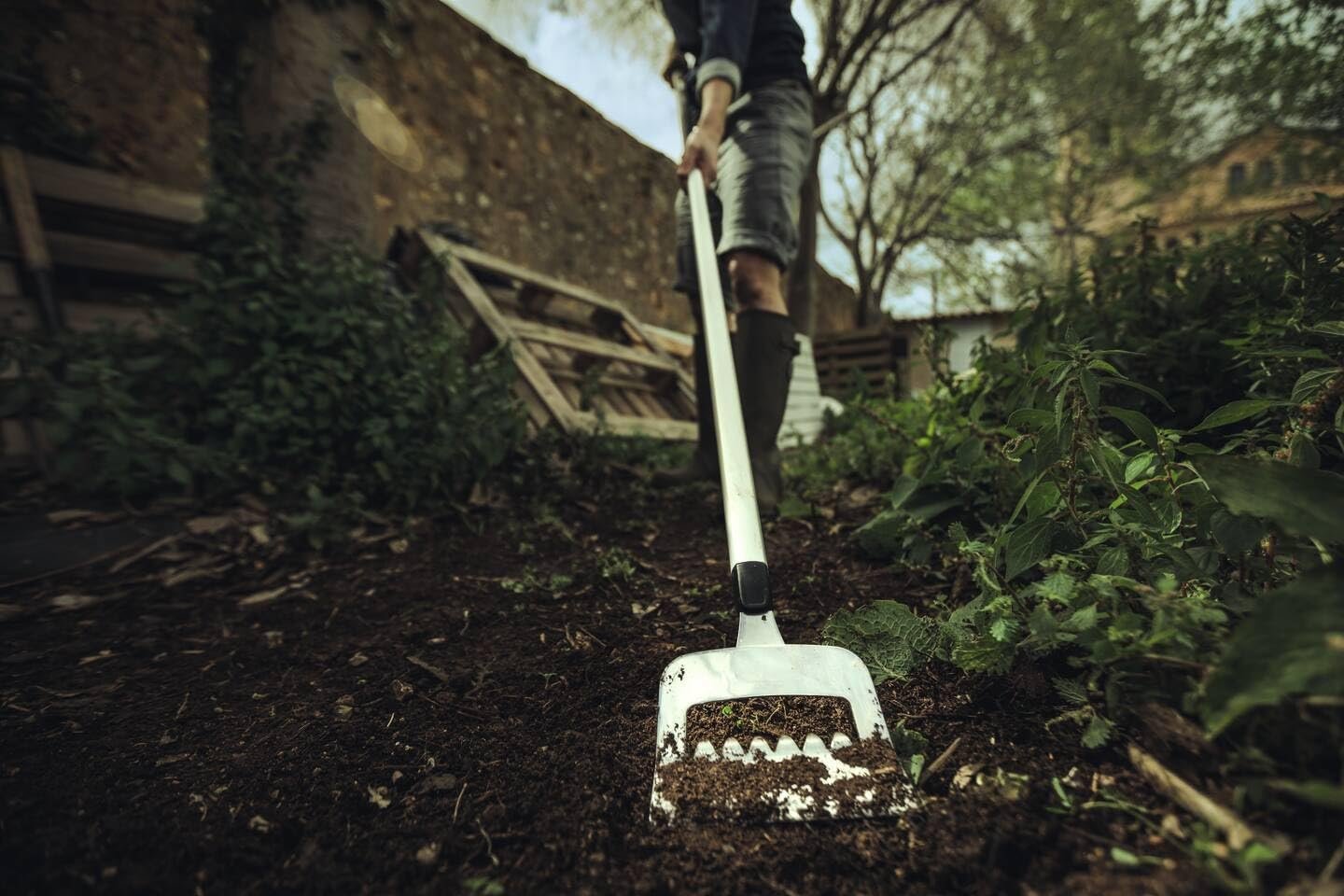Introduction
If you’ve ever admired a lush patio overflowing with vibrant, trumpet-shaped blooms, chances are you’ve seen a Dipladenia. Known for its glossy leaves and tropical flowers, this hardy yet elegant plant can turn any garden corner into a paradise of color.
Dipladenia plant care is simpler than it looks — once you understand its needs, it rewards you with continuous blooms from spring to fall. Whether you grow it in containers, hanging baskets, or garden borders, this evergreen perennial brings long-lasting beauty and low maintenance charm.
In this comprehensive guide, you’ll learn everything about growing, maintaining, and enjoying your Dipladenia — from the ideal soil and light to overwintering and pest control.
What Is Dipladenia?
Dipladenia (Mandevilla sanderi) is a tropical flowering shrub native to South America, particularly Brazil. It belongs to the Apocynaceae family, which also includes Mandevilla. While the two plants share similar flowers, Dipladenia has a more compact, bushy growth habit, while Mandevilla tends to vine.
This distinction makes Dipladenia ideal for gardeners who prefer a container-friendly plant that doesn’t require constant training or trellising. The flowers appear in brilliant shades of red, pink, and white, standing out beautifully against its deep green, waxy leaves.
Understanding Dipladenia vs. Mandevilla
Many gardeners confuse the two, but here’s how to tell them apart:
| Feature | Dipladenia | Mandevilla |
|---|---|---|
| Growth Habit | Bushy, compact shrub | Vining and climbing |
| Leaves | Smaller, glossy | Larger, matte |
| Ideal Use | Containers, patios | Trellises, fences |
| Care Needs | Moderate water, full sun | Similar, but prefers support |
Dipladenia doesn’t climb, making it perfect for those who want tropical flair without the space or support requirements of a vine.
Ideal Growing Conditions for Dipladenia
Creating the right environment is the foundation of good Dipladenia plant care. Here’s what this tropical shrub needs to thrive:
1. Sunlight Requirements
Dipladenia loves bright, direct sunlight — aim for at least 6 hours a day. In regions with intense afternoon heat, a bit of light shade helps prevent leaf scorch.
Indoors, place your Dipladenia near a south- or west-facing window to mimic outdoor sun exposure. Lack of light leads to fewer blooms and leggy growth.
2. Best Soil for Dipladenia
Dipladenia requires well-draining, nutrient-rich soil. A high-quality potting mix blended with perlite or coarse sand is ideal for container growing. Good drainage prevents root rot — the most common killer of tropical plants.
For in-ground planting, amend the soil with compost or organic matter to improve structure and aeration. Avoid heavy clay soils that hold water.
If you’re new to soil preparation, check out our post on how to prepare garden soil for detailed soil-improvement techniques.
3. Watering Needs
Consistent but moderate watering is crucial in Dipladenia plant care. This plant prefers slightly dry conditions between watering sessions.
During the active growing season (spring and summer):
- Water deeply once or twice a week.
- Allow the top inch of soil to dry out before watering again.
- Avoid overhead watering to prevent fungal issues.
In cooler months, water less frequently as growth slows down.
Pro Tip: Use lukewarm water, not cold, to avoid shocking the roots.
4. Temperature and Humidity
Dipladenia thrives in temperatures between 65°F and 85°F. It cannot tolerate frost, so bring it indoors if temperatures drop below 50°F.
Since it’s native to tropical climates, Dipladenia also enjoys moderate humidity. If your home air is dry, especially during winter, increase humidity with a pebble tray or a small humidifier.
5. Fertilizer and Feeding
To maintain healthy foliage and abundant blooms, feed your Dipladenia regularly during the growing season.
Use a balanced liquid fertilizer (10-10-10) every 2 to 4 weeks from spring through summer. For richer flowering, switch to a bloom booster with higher phosphorus content.
Stop fertilizing in fall to allow the plant to rest before winter.
For more insights, read our detailed post on the best garden fertilizers to choose a suitable product.
Planting Dipladenia: Step-by-Step
Here’s a simple step-by-step process for planting Dipladenia in a pot or garden bed:
- Choose the right location: Sunny and warm with good airflow.
- Select a pot: Ensure it has drainage holes.
- Prepare soil: Use well-draining mix with compost or perlite.
- Planting depth: Keep the root ball level with the soil surface.
- Water thoroughly: Settle the soil around roots after planting.
- Add mulch: A thin layer helps retain moisture and regulate temperature.
Pruning and Maintenance
Pruning helps Dipladenia maintain its bushy shape and encourages more blooms.
- Timing: Prune in early spring before new growth begins.
- How: Remove dead, weak, or tangled stems. Trim back overgrown branches to promote airflow.
- Deadheading: Remove spent flowers to encourage continuous blooming.
You can also lightly prune throughout the growing season to keep the plant neat. Always use clean, sharp garden shears — like the ones featured in our best garden shears review (internal link suggestion).
How to Overwinter Dipladenia
If you live in a cooler climate, overwintering Dipladenia is essential to protect it from frost damage.
Steps for Winter Care:
- Bring indoors before the first frost.
- Prune lightly to reduce size and remove dead leaves.
- Place near a sunny window with bright, indirect light.
- Reduce watering — let soil dry more between sessions.
- Maintain humidity using a tray of pebbles or a humidifier.
The plant will enter a semi-dormant phase. In spring, once temperatures stay above 60°F, move it outside gradually to reacclimate to full sunlight.
Common Problems in Dipladenia Plant Care
Even though Dipladenia is easygoing, it can face a few issues when not properly cared for.
1. Yellowing Leaves
Often a result of overwatering or poor drainage. Allow soil to dry before watering again and ensure pots have drainage holes.
2. No Flowers
This usually indicates insufficient sunlight or lack of nutrients. Move your plant to a sunnier spot and feed with a high-phosphorus fertilizer.
3. Pests
Dipladenia may attract aphids, spider mites, and mealybugs. Treat infestations by:
- Spraying with insecticidal soap or neem oil.
- Wiping leaves with a damp cloth.
- Keeping the area clean and free of debris.
Learn more about managing outdoor pests in our guide on how to get rid of ants in the garden.
Propagation: Growing New Dipladenia Plants
Propagating Dipladenia is simple and rewarding. The best method is through stem cuttings.
How to Propagate:
- Cut a 4–6 inch stem from a healthy plant (preferably new growth).
- Remove the lower leaves, leaving two or three at the top.
- Dip the cut end into rooting hormone.
- Insert into moist, well-draining potting mix.
- Cover with plastic wrap or a humidity dome.
- Keep in bright, indirect light until roots form (2–4 weeks).
Once the new plant establishes roots, transplant it into its permanent pot and resume regular Dipladenia plant care.
Using Dipladenia in Garden Design
Dipladenia adds instant color and texture to any outdoor setting. Here are a few creative ways to use it:
- Container Gardens: Pair with trailing vines like sweet potato vine or petunias.
- Hanging Baskets: Perfect for patios and balconies.
- Garden Borders: Use along walkways for a tropical edge.
- Poolside or Patio Decor: Dipladenia thrives in the heat and adds a resort-like feel.
Mixing Dipladenia with other sun-loving plants enhances both contrast and variety in your landscape design.
Frequently Asked Questions (FAQ)
1. Can Dipladenia survive winter outdoors?
Only in USDA zones 9–11 where winters remain mild. In colder zones, bring the plant indoors before frost.
2. How often should I water Dipladenia?
Once or twice a week in warm months; less during winter. Always check the top inch of soil before watering.
3. Does Dipladenia attract pollinators?
Yes, the bright flowers attract hummingbirds, butterflies, and bees, making it a great addition to pollinator-friendly gardens.
4. Can I grow Dipladenia indoors year-round?
Yes, if given bright light, warm temperatures, and occasional humidity.
5. Is Dipladenia toxic to pets?
Yes, like many tropical plants, Dipladenia’s sap can irritate pets if ingested. Keep it out of reach of cats and dogs.
Final Thoughts on Dipladenia Plant Care
Dipladenia is a gardener’s dream — resilient, colorful, and low-maintenance. With the right sunlight, well-drained soil, and consistent care, you’ll enjoy blooms that last all season long.
By mastering Dipladenia plant care, you can easily create a stunning tropical oasis on your patio, balcony, or garden bed. Whether you’re a new gardener or a seasoned pro, this plant’s rewarding nature makes it a must-have in any warm-weather collection.
For further reading, visit:
Would you like me to include structured data (FAQ schema) format for this post to improve its Google snippet ranking? It can help your Dipladenia plant care post appear in featured results.

